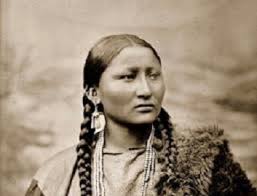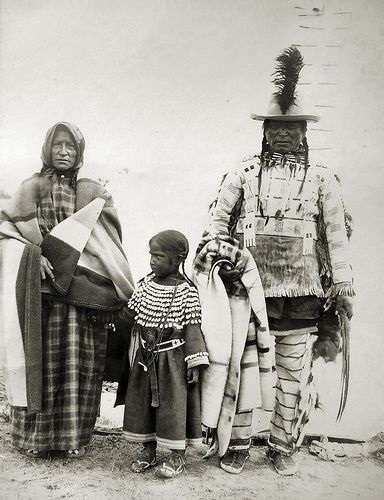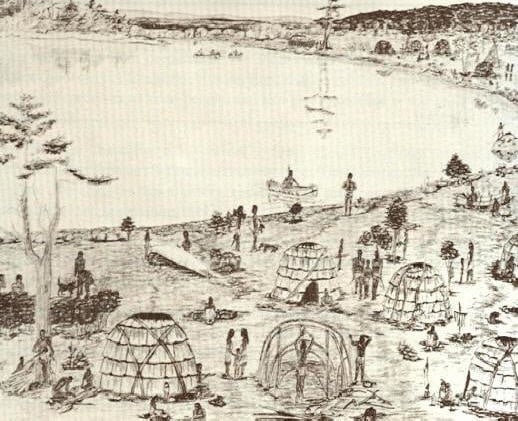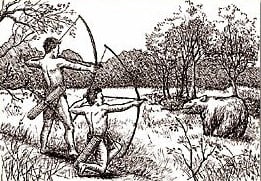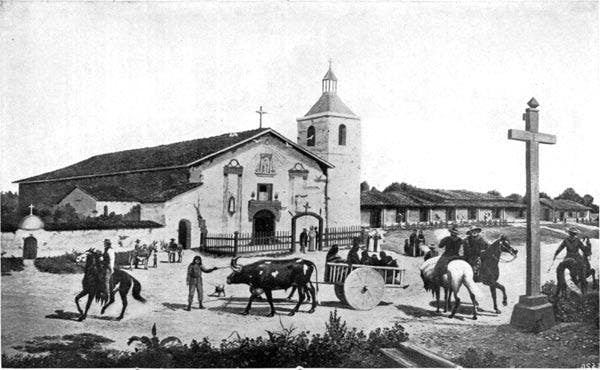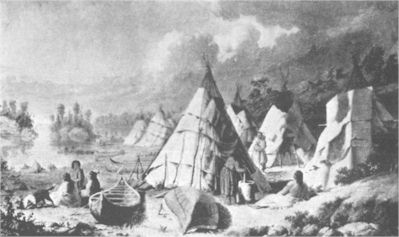A Brief Overview of the Illinois Indians
Today, the Illinois Indians are known primarily as the Indian nation whose name is used for both a state and a river. Their aboriginal territory was extensive and was situated south of the Great Lakes and east of the Mississippi River. The southern border of their territory was on the Ohio River and the northern … Continued

